If you need balsamic vinegar in a pinch but can’t find any in the pantry, I’ve got solutions! Here are some balsamic vinegar substitutes that’ll work instead.
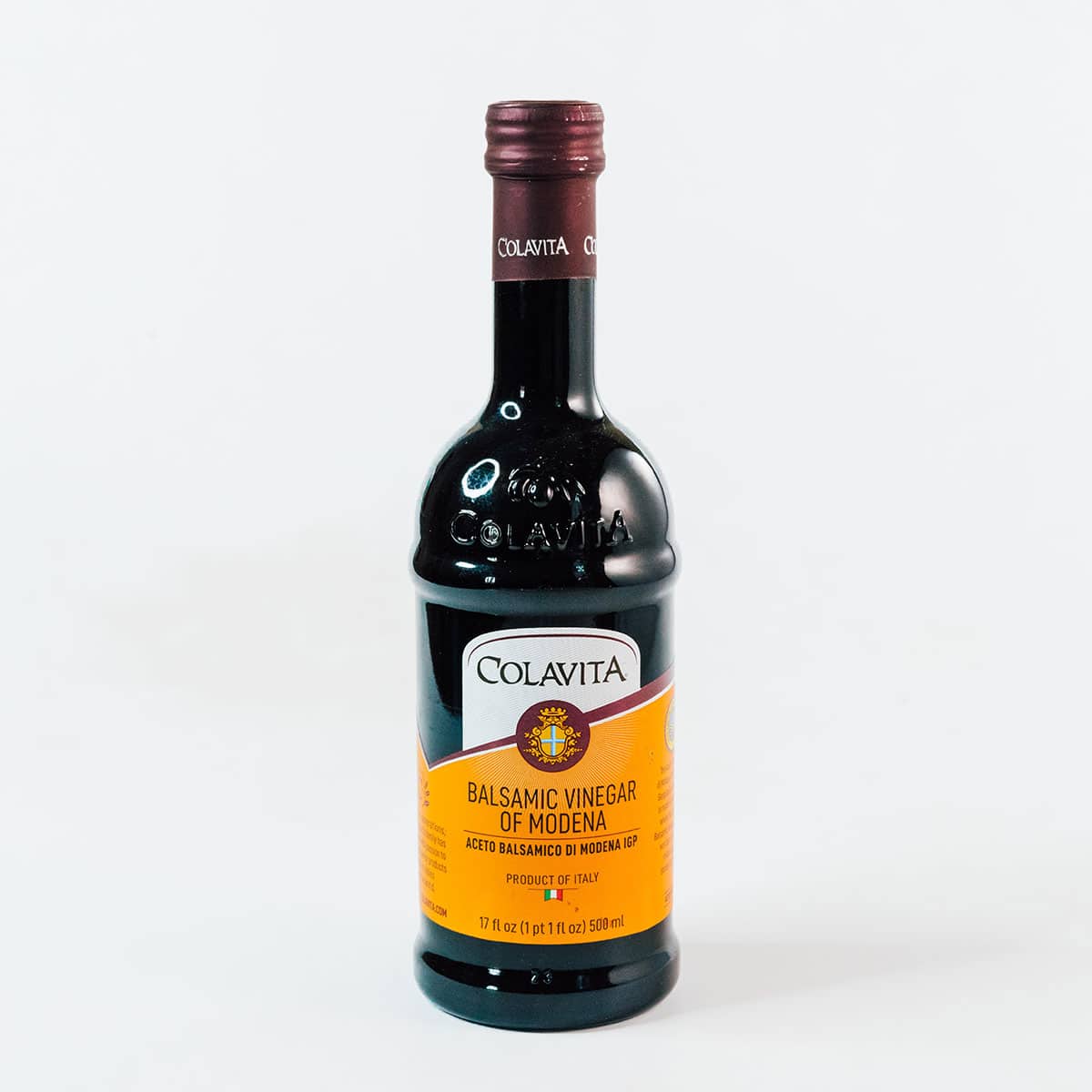
What is balsamic vinegar?
You might know balsamic vinegar from its strong flavor in a lot of salad dressings or for its dark color. It’s super flavorful, dark, and concentrated, making itself known in any recipe it’s used in. But what is in balsamic vinegar that makes it so different?
Unlike other vinegar, balsamic vinegar isn’t fermented. It’s made from grape juice that sits in a barrel to thicken over time. The stems, skin, and seeds of the grapes all sit in the barrel together and after a long, long time you get the delicious flavor we all know and love. Traditionally, this process can take up to TWELVE YEARS! We use shortcuts in these modern-day times, but you can imagine how good the real stuff must taste. Most of the stuff you’ll find in the store won’t be aged for more than a few months.
Balsamic vinegar is known for having an intense flavor that is both sour and sweet. It can be tangy and fruity. If it’s the kind that’s made traditionally in small barrels, you’ll be able to taste the flavors from whatever kind of wood it was made in and it might even taste a little smokey.
What is balsamic vinegar used for?
There are many options for how you can use balsamic vinegar. It’s often used in salad dressings and marinades. You’ve probably had more than a handful of salads that are dressed with a balsamic vinaigrette, such as this blueberry balsamic vinaigrette. Obviously, balsamic vinegar is a key ingredient here. It can also be reduced and used as a glaze on pretty much anything your heart desires. Looking for a bigger flavor profile for your brussels sprouts? Try adding balsamic vinegar, like in this brussels sprouts recipe.
Now I know it’s hard to imagine a substitute for balsamic vinegar with its bold flavors and unique qualities, but bear with me. Don’t panic. We have a few options.
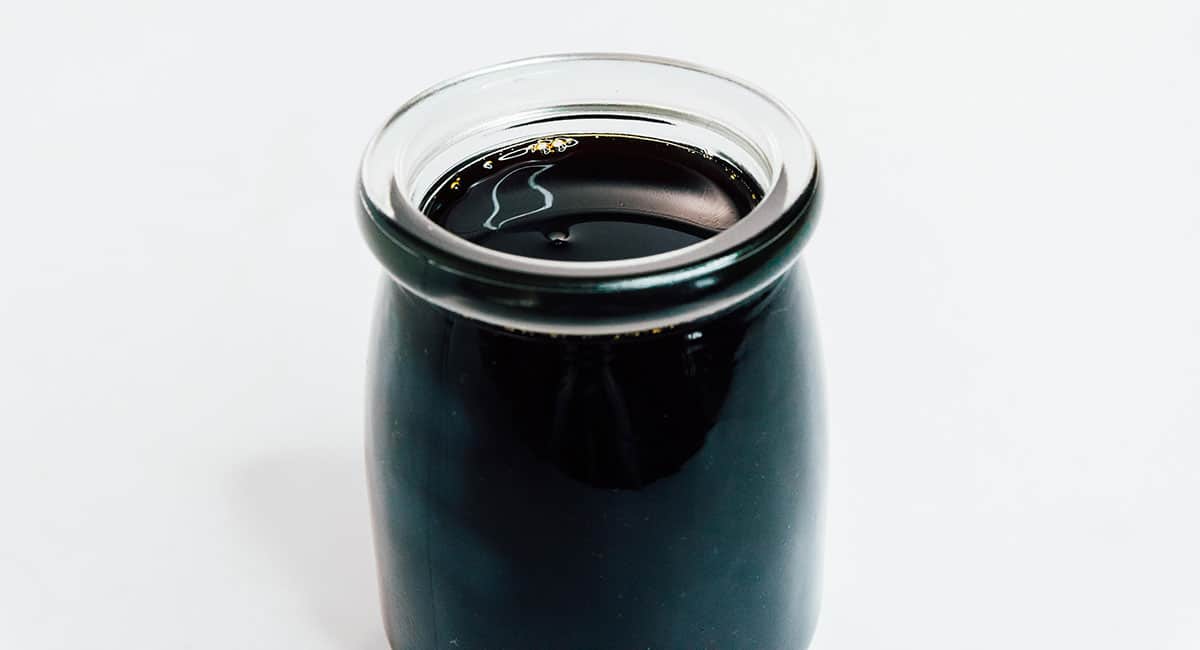
Best Balsamic Vinegar Substitutes
Can I replace balsamic vinegar? Yes! The most common balsamic vinegar substitutes are red wine vinegar, apple cider vinegar, and soy sauce. These DO take some tinkering and adjusting to match the flavors as well as possible. Read more about each balsamic vinegar replacement below.
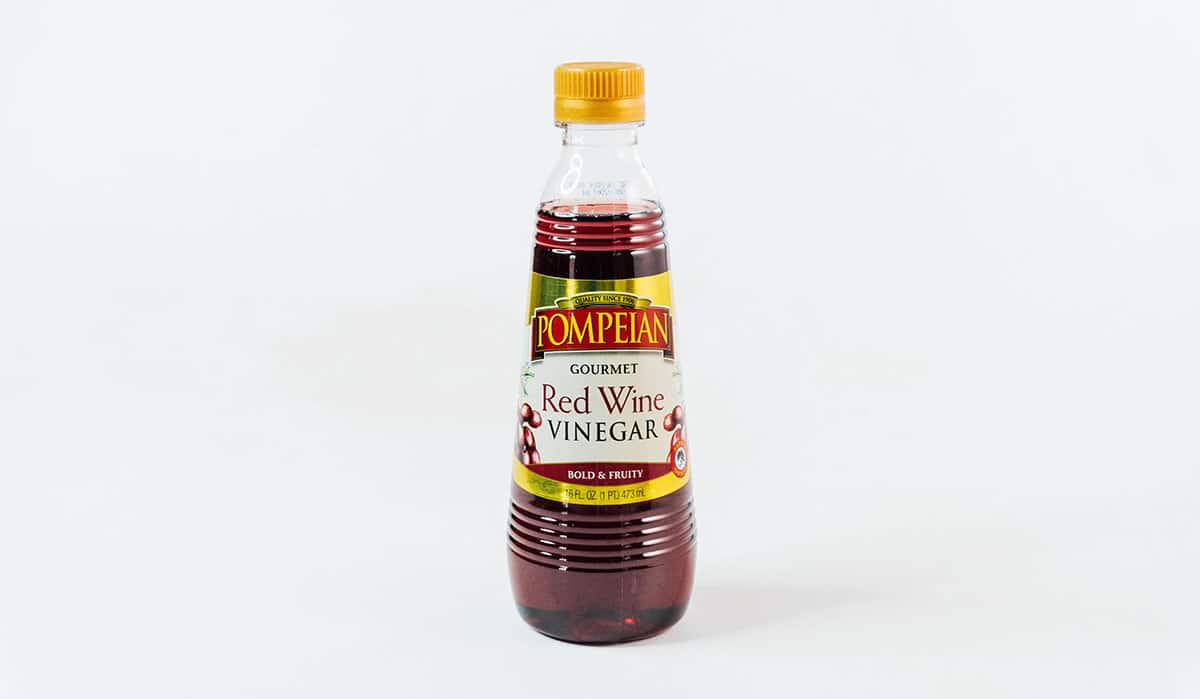
1. Red wine vinegar
Red wine vinegar is definitely your best bet for emulating the flavor that you’re trying to get with balsamic vinegar. The trick for finding a good substitute for balsamic vinegar is to replicate the complexity of the flavor, which isn’t typically found in other types of vinegar. Plus, you probably have some red wine vinegar or apple cider vinegar left over from making pickled red cabbage, right?
Like other vinegar, red wine vinegar is made from fermenting red wine until it turns to acetic acid, which is what we know as that acidic, pungent taste we get with vinegar.
Out of all of the vinegar in the world, red wine vinegar is the closest in flavor to balsamic vinegar. However, it is less sweet than balsamic, so you’re going to want to add a sweetener to the red wine vinegar. Your options for this are sugar, honey, or maple syrup. The honey and maple syrup have the added bonus of thickening your red wine vinegar so that it’s a little closer in consistency to balsamic.
For every tablespoon of balsamic that you want to replace, you can do a tablespoon of red wine vinegar and then either 2 teaspoons maple syrup, 1 teaspoon of honey, or ½ teaspoon sugar. Make sure to whisk it in well to get the flavors blended together and consistent.
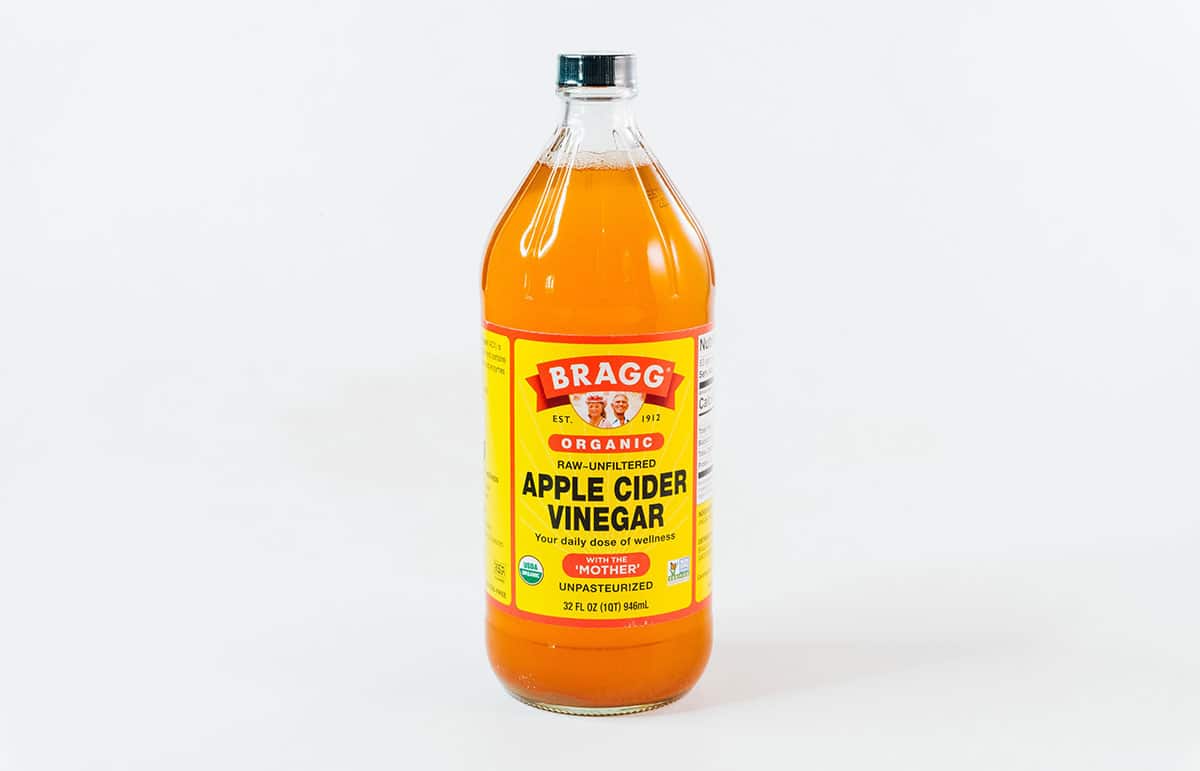
2. Apple cider vinegar
Apple cider vinegar is going to be along the same lines as red wine vinegar when being used as a balsamic vinegar alternative. It’s made in the same way as red wine vinegar, but with apples as the main ingredient. Again, you’ll want to add some sweetness to get closer to the flavor complexity of balsamic, as well as the consistency.
Just like the red wine vinegar: for every tablespoon of balsamic that you want to replace, you can do a tablespoon of red wine vinegar and then either 2 teaspoons maple syrup, 1 teaspoon of honey, or ½ teaspoons sugar. Whisk, whisk, whisk!
3. Soy sauce blends
Some genius chef at some point or another was out of balsamic vinegar and landed on a wild combination of soy sauce, grape jelly, and red wine vinegar to replace it. If you think about it, this flavor combination makes a ton of sense as a balsamic vinegar alternative. Balsamic vinegar is made from grapes as we discussed before, so grape jelly gives you the sweet grape flavor. Then the soy sauce mixed with red wine vinegar will give you the acidity you need. But who woulda thunk it?
Soy sauce obviously has a very strong and unique flavor on its own, so it’s important to use the right proportions so your new mixture doesn’t end up just tasting like soy sauce rather than a balsamic vinegar substitute!
For every 1 tablespoon of balsamic vinegar you want to replace, you’ll mix ¼ teaspoons soy sauce, 1 tablespoon red wine vinegar, and ½ teaspoons grape jelly. Mix together really well with a whisk so you don’t get any chunky jelly in your mixture!
Another option we have with soy sauce is to mix ½ tablespoon soy sauce, ½ tablespoon lemon juice, and ½ tablespoon molasses for a complex flavor profile that is both tart and sweet. Again, whisk together really well before adding to your recipe. This’ll be the equivalent of 1.5 tablespoon balsamic vinegar.
Keep in mind that soy sauce comes from soybeans and wheat so other balsamic vinegar alternatives would be better if you’re going for a gluten-free dish. But if you’re able to have gluten, you can use your leftover soy sauce to make khao soi, because yum!

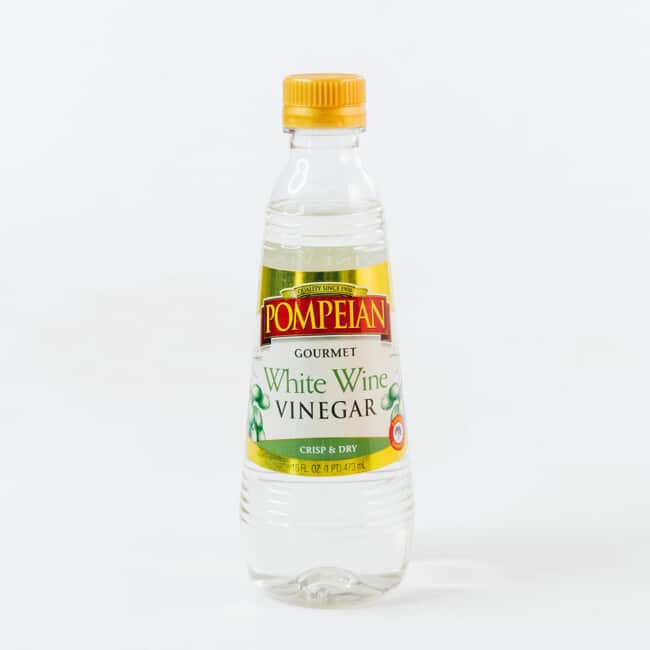
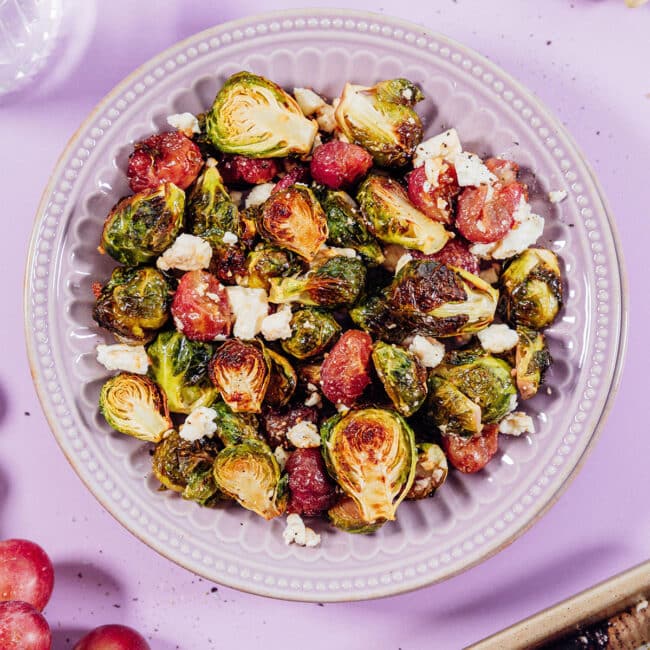
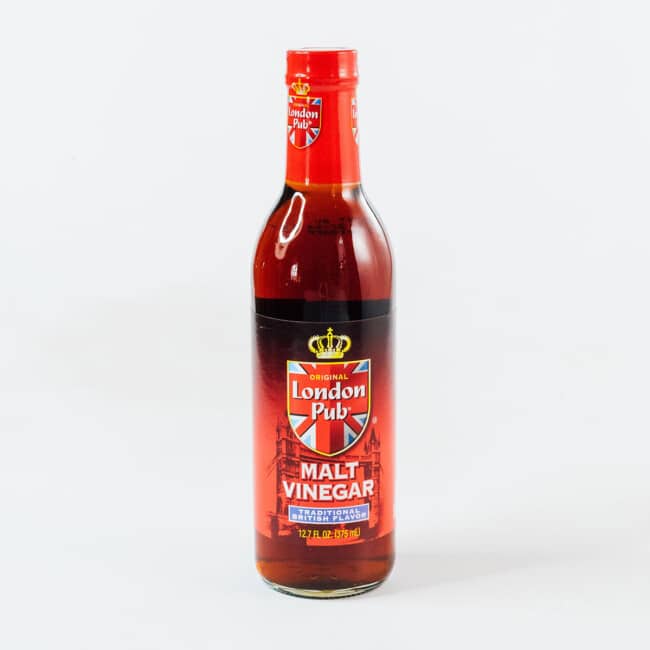
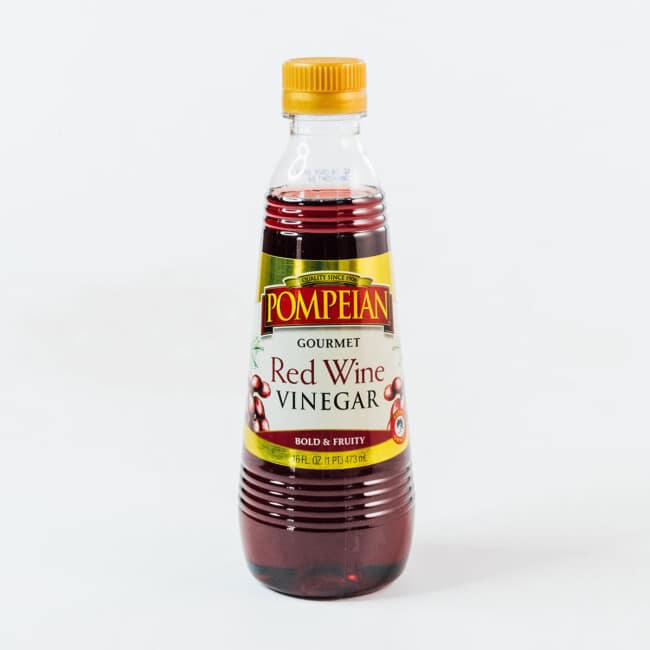
Sherry says
Sadly I am allergic to grape based wines now so the apple cider vinegar alternative sounds great!
Thank you!!!
mj says
Thank you so very much! I used apple cider vinegar instead of balsamic vinegar in a recipe. In my crock pot at this moment. We will see tonight at dinner how it works out! Thanks again!